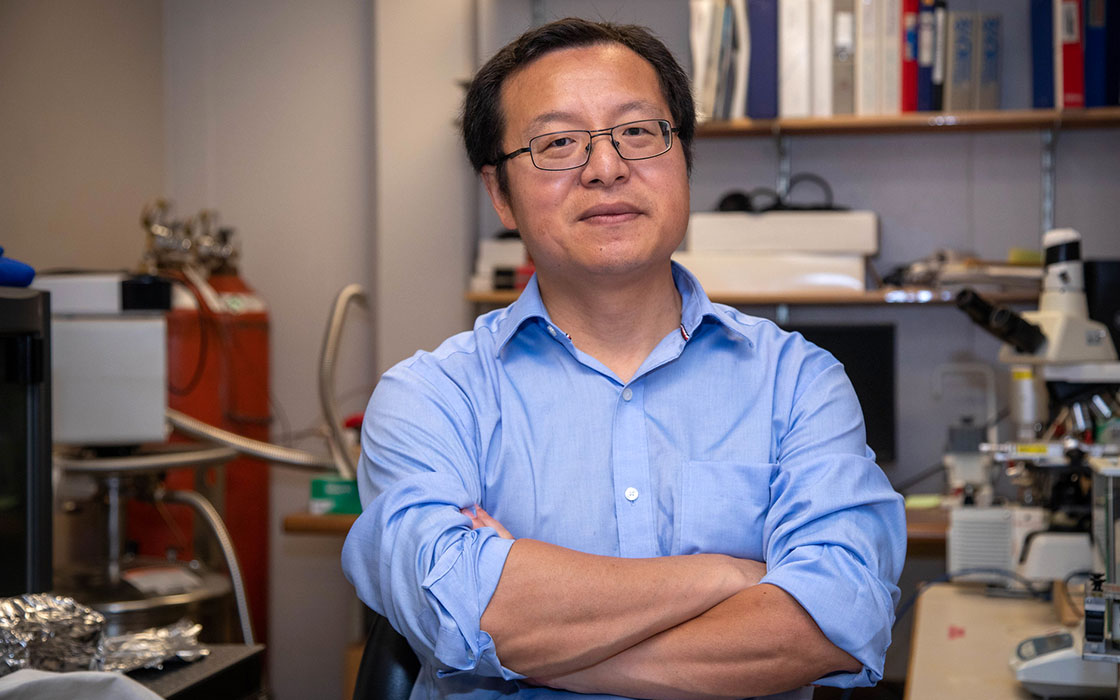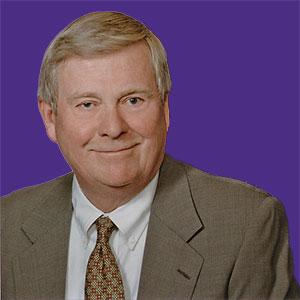
Frozen in Time
If a loved one’s been in a tragic, fatal accident, deciding to donate their organs must be a heavy choice. But it’s one that matters, as each year about 50,000 people in the US will be added to the long list of patients waiting for organ transplants. Unfortunately, just because an organ has been donated, doesn’t mean it’ll be used.
One of the main reasons is time. Organs, once donated, are only viable for a few hours. This means each second on hold is a second lost as doctors must find suitable recipients, double-check compatibility, fly or drive the organ (possibly hundreds of miles), and get the patient prepped for surgery. It’s a race -- and one that the doctors can’t always win. As a 2017 Nature Biotechnology paper wrote, roughly 70% of donor hearts and 80% of donor lungs go untransplanted, largely due to the organ’s time limit expiring before a suitable donor can be found.
But if we could freeze that ticking clock we could give doctors all the time they need. That’s what Zhiquan (Andy) Shu, an Assistant Professor in the School of Engineering and Technology at the University of Washington Tacoma has been working on.
Shu is a mechanical engineer. Squishy, biological organs are, admittedly, not what most people think of when they hear “mechanical engineer” and when Shu first started school at University of Science and Technology of China, he also pictured himself using his degree to help make more obviously engineered things like engines, turbines, or machine parts.
But the more he studied, the more versatile Shu came to see that mechanical engineering could be. In particular, Shu became interested in a particular branch of engineering known as thermofluids, which is the study of how liquids, gases, and other fluids move and transmit or absorb heat. And Shu realized this didn’t just have applications in the depths of car engines, but in other places too, including biology. So when the time came to choose a path, that’s where Shu went. “I thought the 21st century is probably the biological and biomedical century,” says Shu.
Shu began to work on cryopreservation, the interdisciplinary study of how to keep biological tissues, including organs, cool. And not just cool in the short-term, but frozen rock-solid. As cold as liquid nitrogen (i.e., -196 ºC), the tissues or organs could then be kept indefinitely. That work would eventually bring Shu to the University of Washington. That’s because UW is the home of Dayong Gao, a pioneer in cryopreservation who runs the UW Center for Cryo-Biomedical Engineering and Artificial Organs, and Shu wanted to work with him.
Shu and Gao started working together on the preservation of cells and tissues, but eventually, after some success on the small scale, they decided they were ready to work on the “Holy Grail” of cryopreservation, as Shu puts it — complete organs.
And there’s a lot to work on. Cryopreserving an organ — at least in a way where you can potentially use it again — is quite tricky. While in general samples are usually safe once they’re in cold storage, damage can occur during the cooling process.
Over the years, scientists have become quite good at cooling tissues and individual cells, like sperm cells for IVF. We’ve even gotten good at getting whole organs to cool to very low temperatures by using a method called vitrification, which uses chemical additives to get water in the organ to transform into an amorphous, glass-like, non-crystallized state at low temperatures, rather than ice. (The reason we’d want to do this is that sharp ice crystals can puncture cell as they grow, damaging the organ. “Ice is the key lethal factor in cryopreservation,” says Shu, not just for organs but all biological samples.)
But then we get stuck. Because to put them back into a human body, we also need to warm them up again. And rewarming is even more challenging than cooling, says Shu.
“In the world right now, there are very few – maybe only two or three – groups working this,” says Shu. “We are one of them.”
Part of the problem is that we need to rewarm organs both very quickly and but also very uniformly, says Shu. Too slow and then the vitrified organ can actually freeze-up for real, causing those lethal ice crystals to form. But if you try to go too fast and don’t heat things uniformly, thermal stress can build up – sometimes to dramatic effect such as leading to fractures in the organs.
“If you have a cold glass bottle and pour in boiling water, the glass will crack, right? It’s similar,” says Shu.
The current gold standard for rewarming samples is using warm water baths, and that’s where most of the work has been done, but Shu thinks there’s a better way. Water baths are slow and the heating can be uneven. The outside can be warm while the middle is still freezing cold.
Instead, at Gao’s lab in Seattle, Shu’s been building prototype devices that take advantage of something called single-mode electromagnetic resonance (SMER). It works essentially the similar way a microwave oven does (but in a much better controlled way), using electromagnetic waves to jostle water and cryoprotectant molecules throughout the organ. Properly tuned, it can be used to warm the organ up again both very quickly and very evenly, both inside and outside at the same time.
So far, they’ve been trying to dial in the upgrade and optimization of the machine, making it more effective and more reliable. They’ve also been trying to identify the best combination of cryoprotective chemicals to add to the organ prior to going into deep freeze. If things go as planned, they’re hoping to start in vivo trials with animal organs in the next few years.
If organ cryopreservation could be perfected, the benefits to the American healthcare system could be massive. Studies have suggested that, with better organ preservation technology, not only could we shorten the transplant waiting list, we may be able to completely clear it within a few years.
Even better, the accuracy of matches between donors and recipients could also be greatly improved. Currently, organs are so scarce that patients may need to accept “close-enough” matches. But with enough organs banked, organs could wait for patients, instead of patients waiting for organs. As soon as someone needed it, a perfect match would already be waiting for them.
“I hope someday we can achieve that,” says Shu.
This would particularly benefit patients who may have trouble finding matches, like children (who can’t always accept adult-sized organs). Certain ethnic minorities can also struggle to find perfect matches.
Overall, it’s estimated that with organ transplants perfected we could prevent 30% of deaths in the US each year, a feat so monumental that it’d double any given person’s chances of living to 80 years old.
In the meantime, though, there’s still plenty to do. With research at the Seattle lab proceeding apace, Shu has been busy setting up a new lab in Midgard Hall at UW’s Tacoma campus. It’ll still be some time before the lab is completely up-and-running (a lot of delicate equipment is needed), but Shu has been utilizing his awarded grants to build up his lab, using the time to run computer simulations, work on optimizing the cocktail of cryoprotective chemicals, and teach the next generation of mechanical engineers in his undergraduate engineering courses.
In fact, some of the juniors and seniors have also gone beyond just listening to lectures to joining Shu in the lab. Lab work with undergrads is primarily a form of education, showing them exactly how things work and what research is really like, but their work can result in new discoveries and published research all the same, Shu says.
Or Shu remembers another time, when a student said that working in the lab with him inspired her to pursue biomedical engineering as a career path. “After doing research with me, she recognized that she loved the job and wanted to pursue that career,” says Shu. Another student got into a graduate program partly thanks to the research experience in Shu’s lab. “That moment is amazing.”
In the future, Shu pictures a reality where virtually no donated organ goes to waste and where hospitals are all equipped with the resources to immediately cool and bank donations. Then, with the clock frozen, we’d have all the time in the world to find a perfect match. Doctors could schedule transplants without a scramble, the organs only rewarmed out just as they’re needed.
In that world, a patient would only be on the transplant list as long as it took to search the bank. Maybe there wouldn’t even be a list at all.



